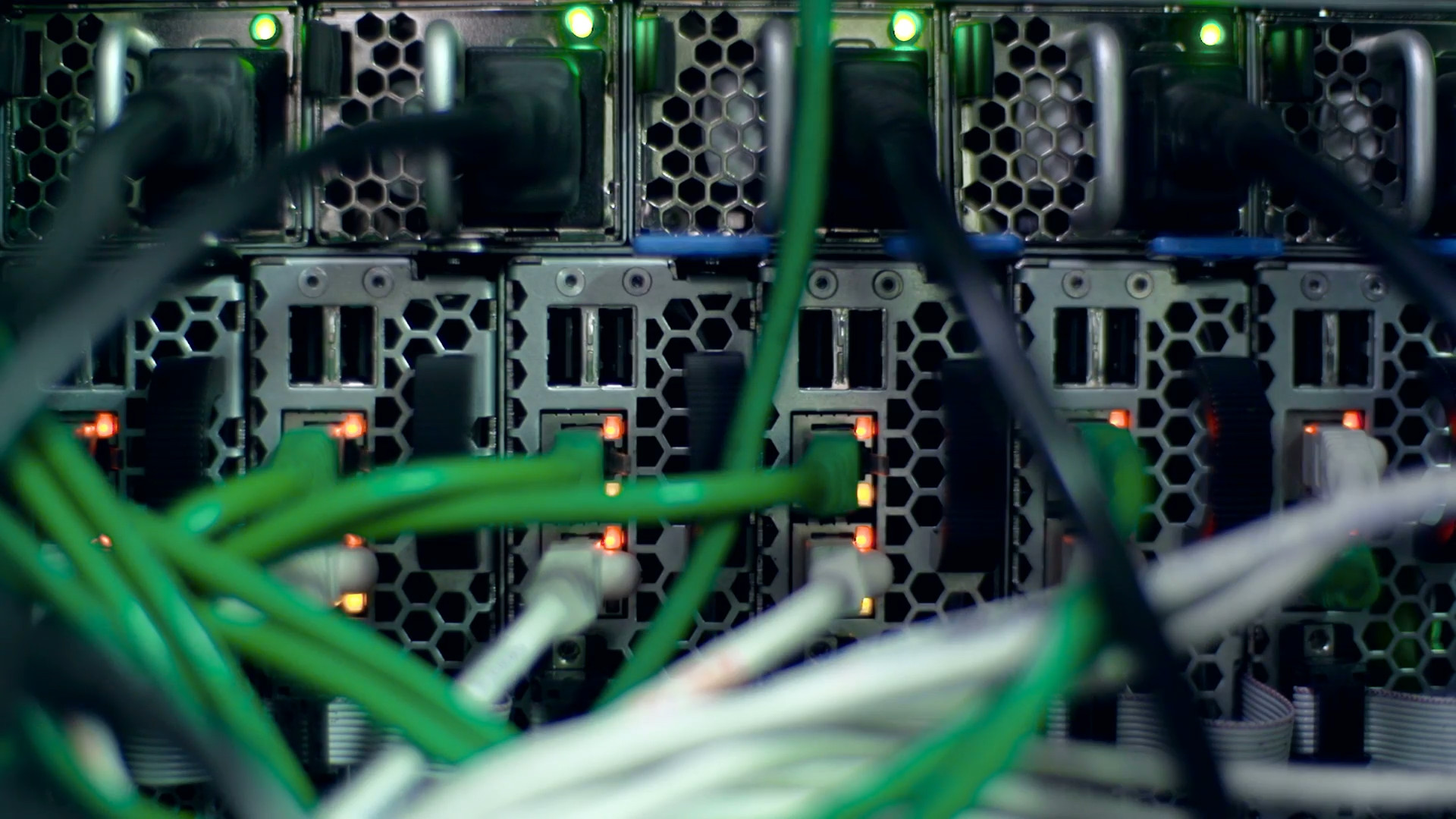Much has been written about the current and future impact of Internet of Things (IoT) and Edge Computing across all industries. Whether you believe the predictions of people like Peter Levine from Andreesen Horowitz, who believes Edge Computing represents the “End of Cloud Computing” or less hyperbolic forecasts, there is no question that IoT/edge computing represents a significant area of growth, with profound impact for those who deliver these solutions and the customers who will use the insights gleaned to propel their businesses forward.
As defined by IEEE, “Broadly speaking, the Internet of Things (IoT) is a system consisting of networks of sensors, actuators, gateways, and smart objects whose purpose is to interconnect “all” things, including everyday and industrial objects, in such a way as to make them intelligent, programmable, and more capable of interacting with humans and each other.” These devices gather vast amounts of data which is fed into applications that analyze and translate it into business value.
Why Hyperconvergence for Edge?
While Cloud Computing has many benefits, it also has a number of limitations – particularly around connectivity and latency, which make it poorly suited for edge use cases. Local infrastructure is required to provide reliable performance and connectivity to maintain operations in the event of a loss of Internet connectivity. Additionally, by having local processing power, analytics can be run at the edge to cull the data down to just the meaningful bits, which can then be transmitted to the cloud for further analysis.
HCI delivers several beneficial features compared to standalone computers using bare-metal operating systems. A hypervisor that lets you run multiple virtual machines makes it easy to deploy new applications and functionality as needs change. Multi-node clusters provide redundancy for improved application uptime. Software-defined storage prevents data loss when drives or entire nodes fail. The modular scale-out nature of HCI makes it easy to expand CPU, memory and storage as requirements grow.
Hyperconverged Infrastructure also provides resiliency to edge deployments by logically pooling the compute resources of the physical devices and creating a resilient cluster (or cloud) which can withstand individual hardware failures as opposed to traditional single-device, bare metal deployments.
Edge-Specific Requirements for HCI
Given the small individual size of many edge implementations and potentially large number of sites, a basic requirement is that the infrastructure must be easy to implement and manage. While these features are essential “table stakes” as it relates to hyperconverged infrastructure (HCI) solutions in general, there are a number of other requirements/questions that should be considered specifically related to edge/IoT use cases:
-
Is the HCI solution truly software-only or are you required to buy either a pre-configured HW/SW bundle or restricted to selecting pre-determined hardware? Given the variety of devices and the often unique requirements associated with edge deployments, a software-only approach enables the freedom to optimize the hardware according to the requirements.
-
Does it only run on enterprise-class servers or can it also run efficiently on less-powerful chipsets and SoCs (system-on-chip) such as Intel’s Atom or AMD’s Epyc and Ryzens, which are purpose-built for the edge? There are many use cases which are served by these devices that would benefit from the reliability, flexibility, and ease of management that HCI brings.
-
Is the HCI software stack lightweight, or does it require a relatively large amount of RAM to simply operate the platform?
-
Given the level of fragmentation and diversity of the IoT ecosystem, open source technologies and the willingness and ability to integrate with other vendors will be key to delivering complete IoT solutions. Is the HCI platform supportive of open source technologies and integration or are they proprietary and trying to “own the stack”.
-
Tangible ROI is key for IoT projects and minimizing cost is crucial to achieving positive ROI. As you scale to 100s or 1000s of nodes, what does that TCO look like? Are you forced to sacrifice features in order to reduce cost? Additional charges as you grow? Does the overall cost become prohibitive?
-
As these will be remote sites with no onsite IT staff, self-healing and autonomic features are vital to supporting fleets of physical devices. Does the HCI solution eliminate management tasks, handle faults without manual intervention and automatically optimize I/O flows? Does it require manual configuration to add or replace device(s) or does it take all parameters from other nodes and merely require “smart hands”?
-
Striking the right balance between capability and cost is the goal of any deployment. For many of these remote environments, the benefits of deploying HCI can be realized with as few as 2 physical nodes. The question is, does the HCI vendor support true 2-node deployment with full redundancy or do they require the quorum, which necessitates a minimum of 3 nodes, thus increasing the cost of small deployments by 50%.
-
Avoiding hardware lock-in and being able to incrementally swap/upgrade hardware are an important business and operational capabilities. Is the HCI solution flexible enough to allow the creation of clusters with heterogeneous hardware? Will it help you repurpose hardware to support your initiatives?
Hyperconverged infrastructure is a natural fit for edge computing deployments, however, as with all IT solutions, the devil is in the details as not all are created equal. As always, a solid understanding of requirements, budget, etc. will help you select the right solution.

